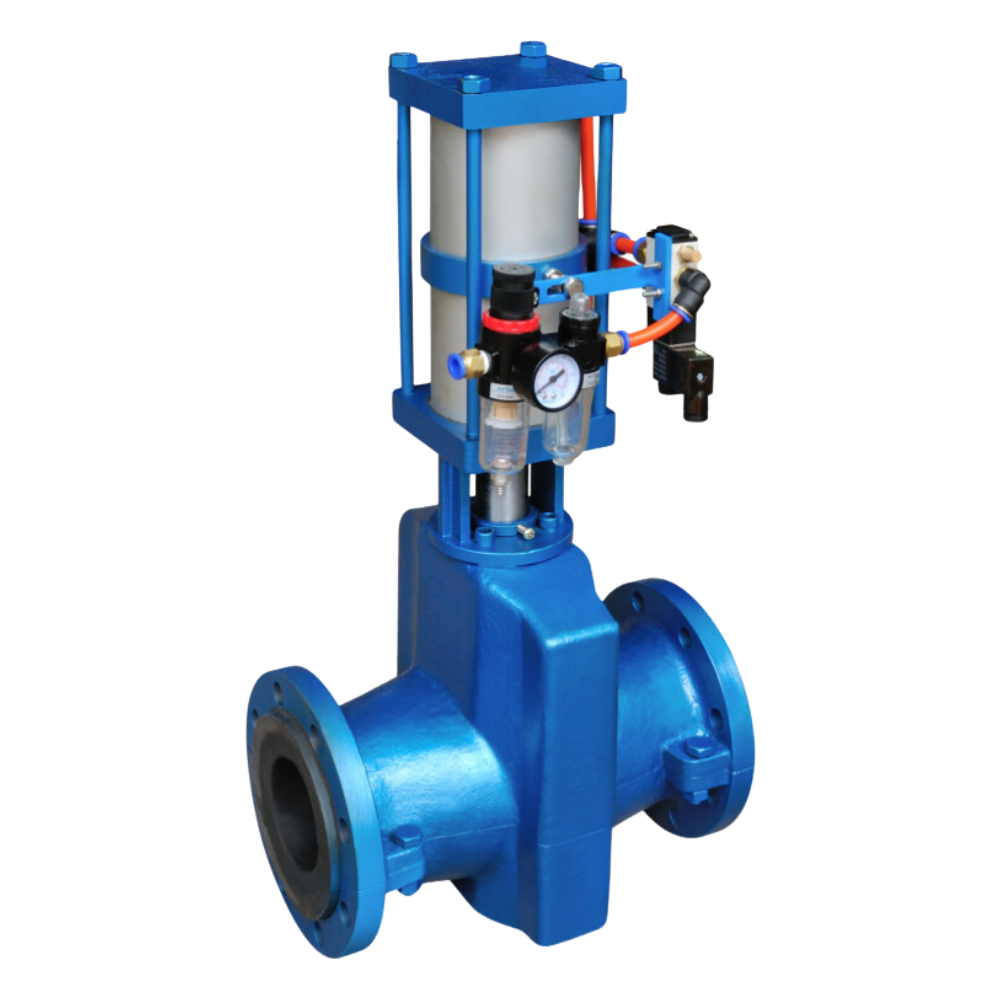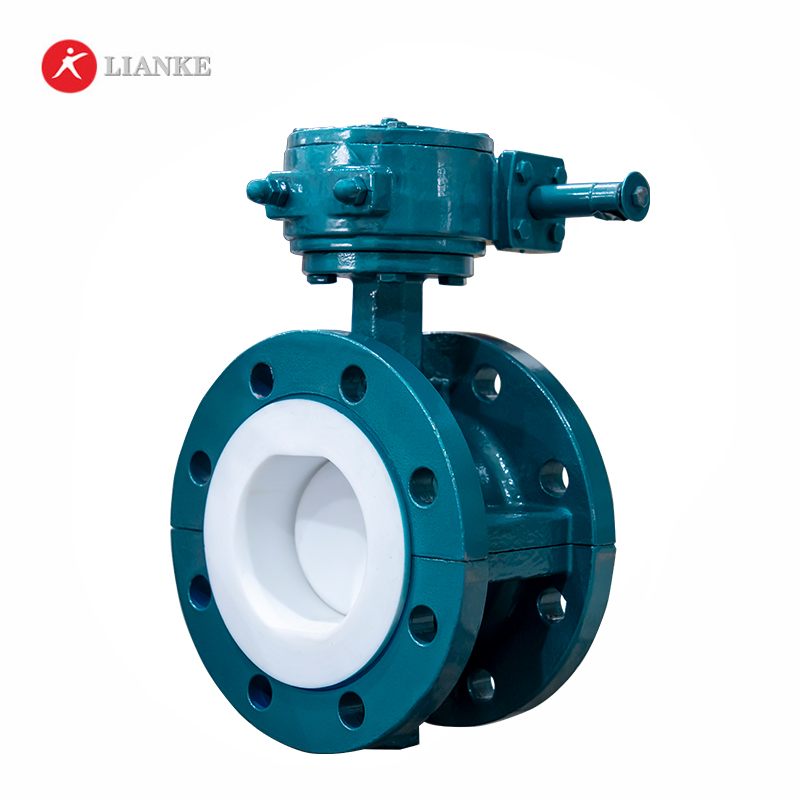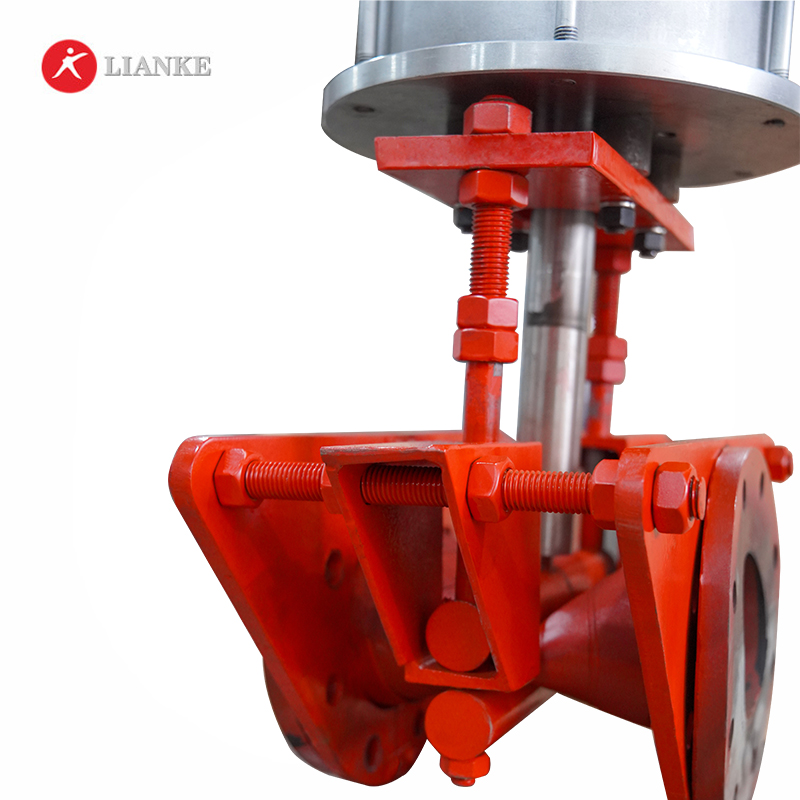

Pneumatic Pinch valves are fast-acting valves that control fluid flow. When left alone, these valves are open, allowing fluid flow. Pneumatic pinch valves use compressed air to pinch the elastomeric internal sleeve at the center to close the valve. Pinch valves are apt for operations that need to deal with grainy or corrosive fluids. And that’s why a lot of them can be found in many industries. Continue on to learn more about how pinch valves work.

Air operated valves or pneumatic valves are known to use compressed air to generate opening/closing movement. But pinch valves don’t work the same way. When left alone, the pinch valve is open. And under no pressure, the valves allow fluids to pass through. Closing the valve is where valve automation starts.
As mentioned, compressed air systems utilize compressed air to generate motion. The motion then opens the valve. In case of pinch valves, the compressed air is used to generate force on the center of the valve. This pinches the valve from the center, closing it and blocking fluid flow. It’ll help to understand that pinch valves have an internal elastomeric sleeve. So when air is used to generate the force, this sleeve is pushed/pinched to close the valve.
Pneumatic pinch valves offer the following benefits:
Pneumatic valve automation comes with the risk of system failures. To prevent these system failures from causing large scale operational damage, pneumatic pinch valves come with a protection circuit. If the compressed air, which closes the valve, runs out of power, the circuit continues to keep the valve closed. And once that happens, the valve cannot be reopened automatically. The valve can only be reopened manually.
This fail safe prevents any large scale damage to industrial pipes. For example, if the valves are closed to prevent the movement of fluids, the pneumatic actuation’s system failure will cause damage or unwanted fluid movement.
| Pneumatic Control Systems | Hydraulic Control Systems | Electric Control Systems | Manual Control Systems |
| Use compressed air to open/close valves. | Use hydraulic fluid to open/close valves | Use electricity to open/close valves | Use manual labor to open/close valves |
| Offer precise flow control | Can generate a lot of force | Offer great accuracy and response times | Difficult to achieve precise flow conditions |
| Generate a lot of force | Much heavier than other actuators | Can be difficult to integrate into working systems | Require no extra installations |
| Can be noisy | Very noisy | Little to no noise | No Noise |
| Require frequent Maintenance | Require routine maintenance | Doesn’t require frequent maintenance | Everyday use leads to frequent inspections |
Pneumatic pinch valves are used in chemical factories, pharmaceutical pipelines, food & beverage factories and the cement industry. This is because they are apt for carrying grainy/corrosive fluids and offering precise flow control.
Each actuated valve comes with fail safes to prevent large scale damage. If the external compressed air provider runs out of power, the pinch valves will remain closed with the help of a protection circuit. This circuit takes the place of compressed air and generates a force to close the valve.
Resources:
What is a Pinch Valve? Working, Types, Selection, and Advantages of a Pinch Valve – What Is Piping
Pinch Valve – How They Work | Tameson.com

Your valve is leaking because something has gone wrong with its sealing system. Maybe the seals are worn out after years of service. Perhaps debris is stuck between critical surfaces. Or it could be that improper installation created misalignment from the beginning. These common problems prevent the valve from achieving perfect closure when you need […]

Valve Flow Coefficient (Cv) is a measure of a valve’s capacity to allow liquid or gas to flow through it. It’s technically defined as “the volume of water at 60°F (in US gallons) that will flow through a valve per minute with a pressure drop of 1 psi across the valve.” You calculate Cv by […]

When selecting the right valve for industrial applications, understanding pressure and temperature ratings is crucial. Many professionals in the field struggle with terms like Class, Rating, and PN, which can lead to costly mistakes if misunderstood. This guide will help you understand these concepts so you can select valves with confidence. What Do Pressure Units […]

The main difference between plastic and elastomer comes down to flexibility and shape retention. Plastics are rigid or semi-rigid. Once they bend or break, they don’t bounce back. Elastomers are flexible. They stretch, twist, or compress and return to their original shape. Below, we’ll take a closer look at how these materials differ and the conditions […]



